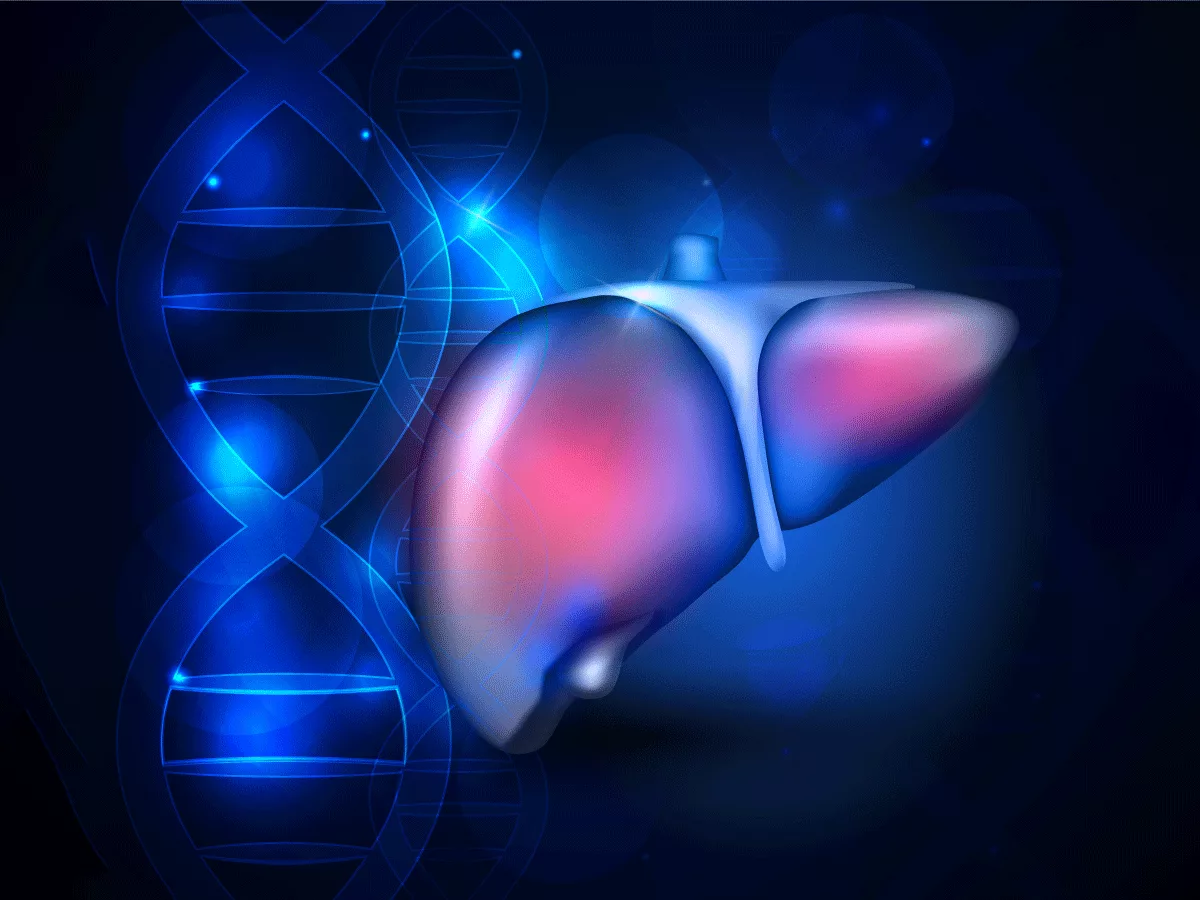A packaged nanoparticle that delivered a relaxin-encoding gene therapy with microRNA reduced liver fibrosis, researchers in the laboratory of Leaf Huang at the University of North Carolina, Chapel Hill, Eshelman School of Pharmacy described in the Jan. 21, 2021, issue of Nature Nanotechnology.
However, while hepatic stellate cells are the key culprit in fibrosis, the team showed that relaxin affected primarily macrophages, which then inhibited the stellate cells fibrogenic activities.
Fibrosis is known to be largely controlled by soluble mediators secreted by macrophages and communicating with activated fibrogenic hepatic stellate cells.
Previous studies demonstrated that the antifibrotic relaxin peptide reduced the production of myofibroblasts in cell culture, but this approach did not slow down the progression of liver fibrosis in animal models.
First author Mengying Hu, former graduate student in Huang's lab told BioWorld Science, "I think the most important discovery is that we found not only the hepatic stellate cells, but also the macrophage cells express a lot of relaxin receptors. When we delivered relaxin with nanoparticles in vivo we found amazing antifibrotic activities. At first we hypothesized that the relaxin we delivered to activated hepatic stellate cells would function autocrine back to the hepatic stellate cells. This is a very easy hypothesis, but when we did the in vitro studies, adding relaxin directly to the hepatic stellate cell lines, we did not see any antifibrotic conversion. So we had this discrepancy. Usually we find a greater effect with the in vitro than in the in vivo system in most experiments. It was a bit odd and then the whole story begins."
Once the macrophages were activated by relaxin, they began to make and release exosomes containing the microRNA (miRNA), miR-30a-5p, which the researchers identified. The researchers designed nanoparticles to contain the miR-30a-5p, which targets ASK-1. Then they added a plasmid that encodes for the relaxin peptide. This nanoparticle technology was used to encapsulate miRNA with a plasmid DNA-encoding for relaxin. This unique nanoparticle can bind directly to activated hepatic stellate cells to promote antifibrosis.
The researchers found that the miRNA and relaxin worked together synergistically. Hepatic stellate cells on their own could not respond to relaxin because the pathway was suppressed, but the miRNA relieved the suppression.
PPAR-gamma's role
Relaxin required the activation of PPAR-gamma to work in hepatic stellate cells to convert to antifibrotic phenotype. The reason why miR-30a-5p and relaxin can act synergistically is because miR-30a-5p decreases the expression of ASK-1, which had been repressing PPAR-gamma. While previous studies showed that relaxin could relieve hepatic fibrosis by itself, this study showed that miR-30 together with relaxin achieved a better antifibrosis effect.
Most researchers directly inject relaxin peptide without using a nanoparticle. When Hu tried this, they could not get any benefit due to the poor pharmacokinetic properties, but with the help of their nanotechnology with relaxin gene delivery to specific cell types conferred by ligands on the nanoparticle, it was possible. These discoveries are likely to further the invention of new antifibrotic therapies according to Hu.
Principal investigator Leaf Huang, Fred Eshelman Distinguished Professor in the UNC Eshelman School of Pharmacy, has been using these nanoparticles for more than 10 years. The unique nanoparticles are composed of cationic lipid encapsulating nucleic acids condensed with protamine and an active ligand that binds to the sigma receptor, which is overexpressed on activated hepatic stellate cells. This is the reason these nanoparticles work so exceptionally well for activated hepatic stellate cells.
The nanoparticle appears promising as a potential future therapeutic for addressing not only liver fibrosis as described in this particular study, but also cancer, as described in simultaneous work.
A previous study published in Nature Communications using these relaxin-expressing nanoparticles demonstrated a reversal of the stromal environment of liver cancer to promote T cell penetration into the tumor site with synergistic anti-metastatic activity with PD-L1 checkpoint immunotherapy.
The investigators plan to examine pancreatic cancer, since this type of cancer has an exceptionally rich stromal extracellular matrix. A similar relaxin receptor-expressing macrophage functions in pancreatic cancer and the researchers believe the mechanism is also true in the pancreatic cancer. Even more, the researchers believe this antifibrotic approach can be generalized to other pathologies like lung fibrosis and so they plan to study this along with other organ pathologies.

